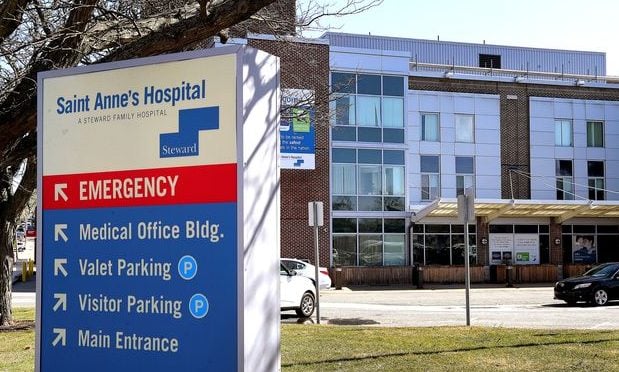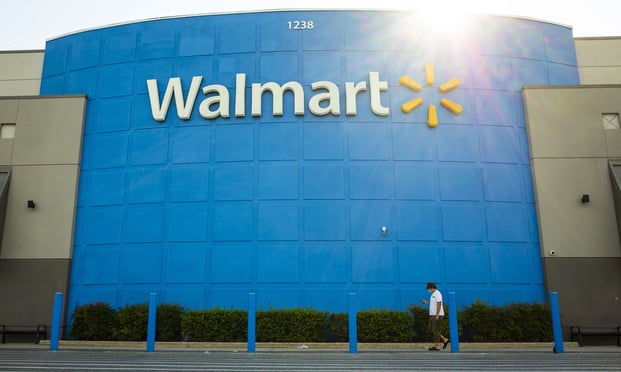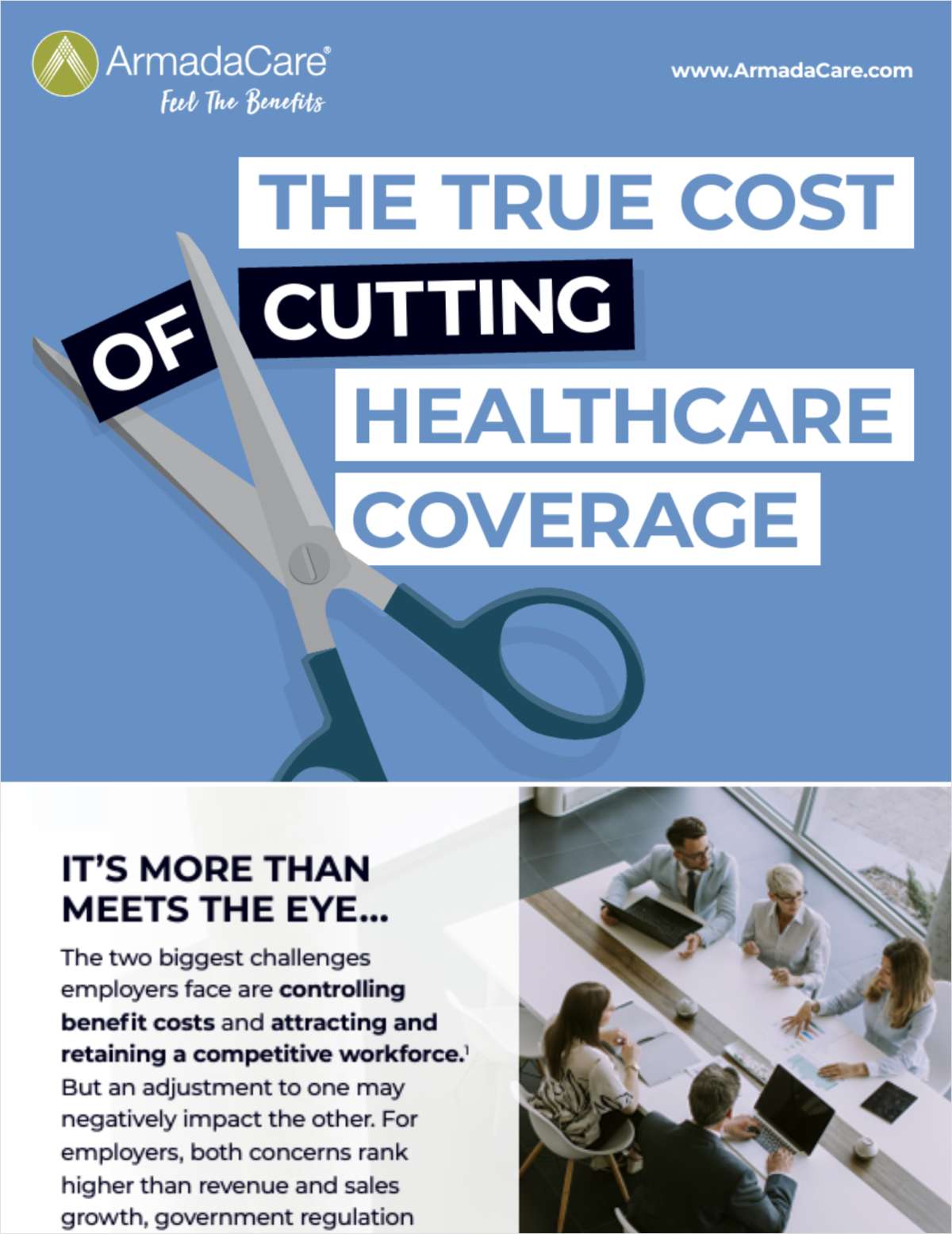The Census Bureau report on health insurance in 2013 shows that on the eve of the Patient Protection and Affordable Care Act, whether you had coverage was largely a question of how much money you made:

PPACA can't fix all of that. Just two-thirds of adults who were eligible for Medicaid in 2009-2010 signed up, according to a 2012 study from the Urban Institute, and even with the law's individual mandate there will still be some people who don't enroll. The same goes for the state insurance exchanges, whose subsidies will draw in some — but not all — of the uninsured in higher income brackets.
Continue Reading for Free
Register and gain access to:
- Breaking benefits news and analysis, on-site and via our newsletters and custom alerts
- Educational webcasts, white papers, and ebooks from industry thought leaders
- Critical converage of the property casualty insurance and financial advisory markets on our other ALM sites, PropertyCasualty360 and ThinkAdvisor
Already have an account? Sign In Now
© 2024 ALM Global, LLC, All Rights Reserved. Request academic re-use from www.copyright.com. All other uses, submit a request to [email protected]. For more information visit Asset & Logo Licensing.








